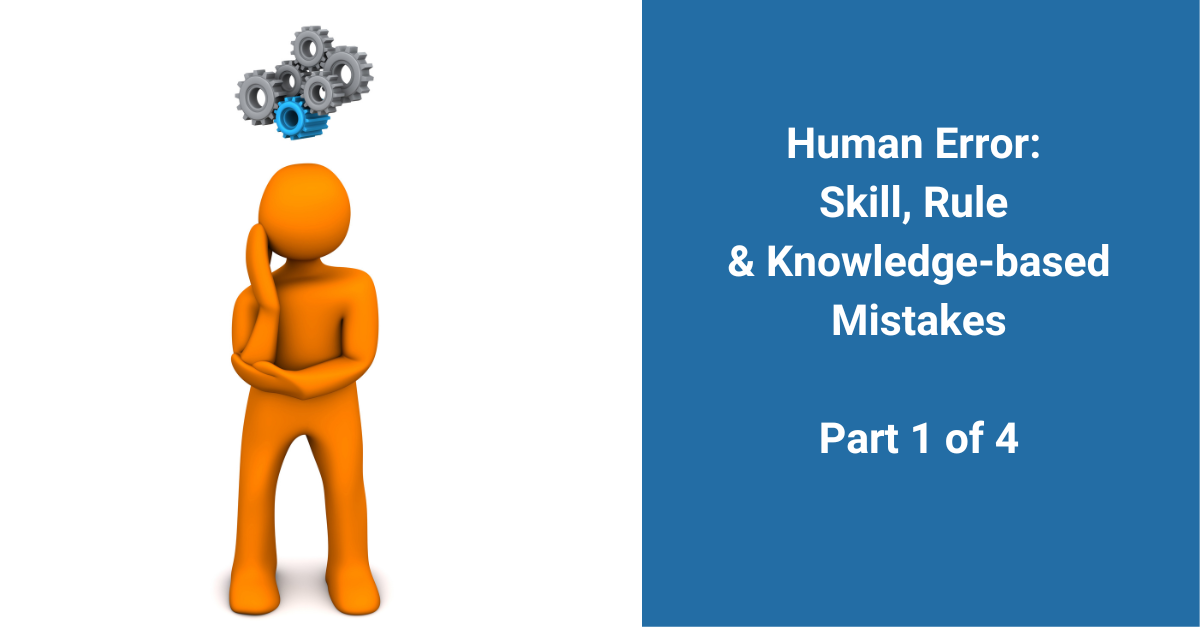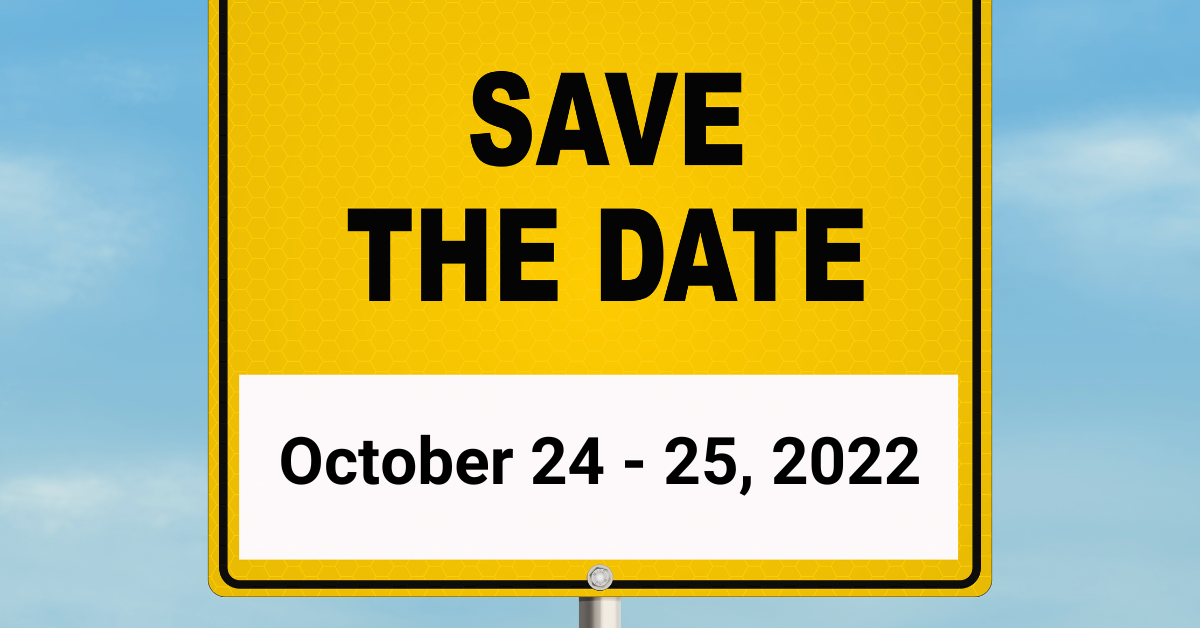Skill, Rule, and Knowledge Models

When the demands of a job exceed a worker’s cognitive capacity, the ability to process critical information, react to it, and make good decisions is compromised. This increases the chances of human error. If you investigate incidents, learning about skill, rule, and knowledge models (developed by Jens Rasmussen and Dr. James Reason) helps to understand the different levels of conscious effort workers must apply to industrial tasks, and how this affects decision-making.
If you are a TapRooT® Investigator, you know that mistakes and errors workers make are not root causes (that you fix) but are probably causal factors. Causal factors are a mistake, errors, or failures that directly lead to (or cause) an incident or fail to mitigate the consequences of the original error. This post isn’t about finding root causes but it is about research findings that changed our thinking about how people make mistakes and errors.
This knowledge changes the way we view “human error” in the workplace because we often think of mistakes as character flaws, but these research models reveal that workers will make mistakes due to normal thought processes. TapRooT® offers more than root cause analysis training. We also offer training on other topics related to improving investigations and operational excellence including Stopping Human Error.

Skills, Rules, Knowledge (SRK) Model
Jens Rasmussen was a human factors expert who developed the Skills, Rules, Knowledge (SRK) framework. The framework helps designers determine how information should be displayed best for workers to understand and operate systems taking into account things like the worker’s attention, reaction time, memory, and hand-eye coordination.
The framework describes three levels of cognitive activity people experience when making decisions and/or solving problems while working on an interface or dashboard that connects a person to a machine or system (human-machine interface).
Following are the three levels.
- Skill-based level: This level requires minimal mental resources. When you are very familiar with a task or situation, you do something automatically, with little conscious thought about doing it. Skills can be physical (for example, walking) or cognitive (for example, an operator who reaches for control without thinking about it because he uses it for a certain task frequently).
- Rule-based level: This level requires some conscious decision-making for task performance; thus, requires some mental resources. You make decisions based on rules. The rules may be taught or communicated (for example, a procedure to do a work task) or people may create their own rules from their own experiences. (For example, a worker may know the company rule is a ten-minute morning break, but if she rushes through her tasks, no one says anything if she takes twenty minutes. She has created her own rule.)
- Knowledge-based level: If you are facing a unique and unfamiliar situation, you would make decisions at this level. Since the decision is not automatic and reflexive (skill-based), and you don’t have any rules to guide you (rule-based), you can see how you would expend more mental energy and time making a knowledge-based decision. You must think through the facts and possible consequences and create a plan based on your knowledge and experience. For example, the Boeing 737 Max crashes occurred in 2018 and 2019 when the new computerized system took control of the plane. The pilots were unaware there was a new system and tried to control the planes based on what they knew but they lacked knowledge on how to deactivate the computerized system.
Although Rasmussen was an electrical engineer, his work was groundbreaking in cognitive psychology. He introduced the idea that blaming a worker for a mistake was not useful because humans make errors due to cognitive processes they are unaware of and not always because of factors they can control. Let’s take a look at how this research is applied to human errors.

Generic Error-Modelling System (GEMS)
GEMS, developed by Dr. James Reason, is based heavily on Rasmussen’s framework described above. Reason was a professor of psychology in the UK. GEMS takes Rasmussen’s model more toward cognitive factors that lead to human error. Remember the first sentence of this post? “When the demands of a job exceed a worker’s cognitive capacity, the ability to process critical information, react to it, and make good decisions is compromised.” This is what I was referring to.
Reason’s model has been applied to understand human errors in high-risk, high-consequence situations such as pilots operating aircraft, doctors performing surgeries, and operators working in nuclear control rooms.
Reason’s model has four basic error types: slips and lapses (skill-based), rule-based and knowledge-based. Let’s examine how bad decisions can result from cognitive processes.
- Skill-based slips and lapses: Slips are when someone does something but it is not what they intended to do; lapses are memory failures. For example, choosing the exit off the interstate to get to your workplace is a skill-based decision. It feels like you are on autopilot, you just take the correct exit without thinking about it. Taking this exit on Saturday when you intended to go to the movies (which was two exits down from your work exit) is a skill-based mistake. This is also called an “action error.” You relied on your instinct and physically turned the steering wheel when you reached your work exit instead of consciously thinking about where you were going.
- Rule-based mistakes: These mistakes involve judgment and decision-making. For example, you need to fill your car with gas for the week so you pump $40 because that’s the “rule” you follow, that’s what you always pump to fill it. But then gas prices go up and you don’t take into account that it now costs $60 to fill the tank. Now you don’t have enough gas for the week. You made a rule-based mistake. This is not an action error (skill-based) because you did use some conscious decision-making, so it is referred to as a “thinking” error.
- Knowledged-based mistakes: This is a mistake that involves higher-level judgment and decision-making. For example, you are driving back to a hotel from a conference in an unfamiliar city but the route you drove there is now closed due to construction. So, you decide on the best guess for a different route but you end up lost. You made a knowledge-based mistake. You developed a plan for an unexpected and unfamiliar situation because a decision was not reflexive and you had no rules to follow, but it didn’t work out.
If we think of how we can support skill- and rule-based behaviors in familiar tasks, more of a worker’s cognitive resources may be devoted to knowledge-based behaviors. This is important for managing unanticipated events and mitigating mistakes.

Mark your Calendar for our Stopping Human Error Course
Join us in Austin, Texas, October 24-25, 2022 to learn more about stopping human error. The course is based on effective, researched methods to stop human errors and will help you develop a customized plan for your facility. It’s the last time this course will be offered this year!
Join me next week
In next week’s post, I’ll focus on how to practically apply knowledge about these models to skill-based errors. I’ll follow that up with posts about rule-based mistakes and knowledge-based mistakes in future posts.
References for this Series
The Skill, Rule, and Knowledge-Based Classification



